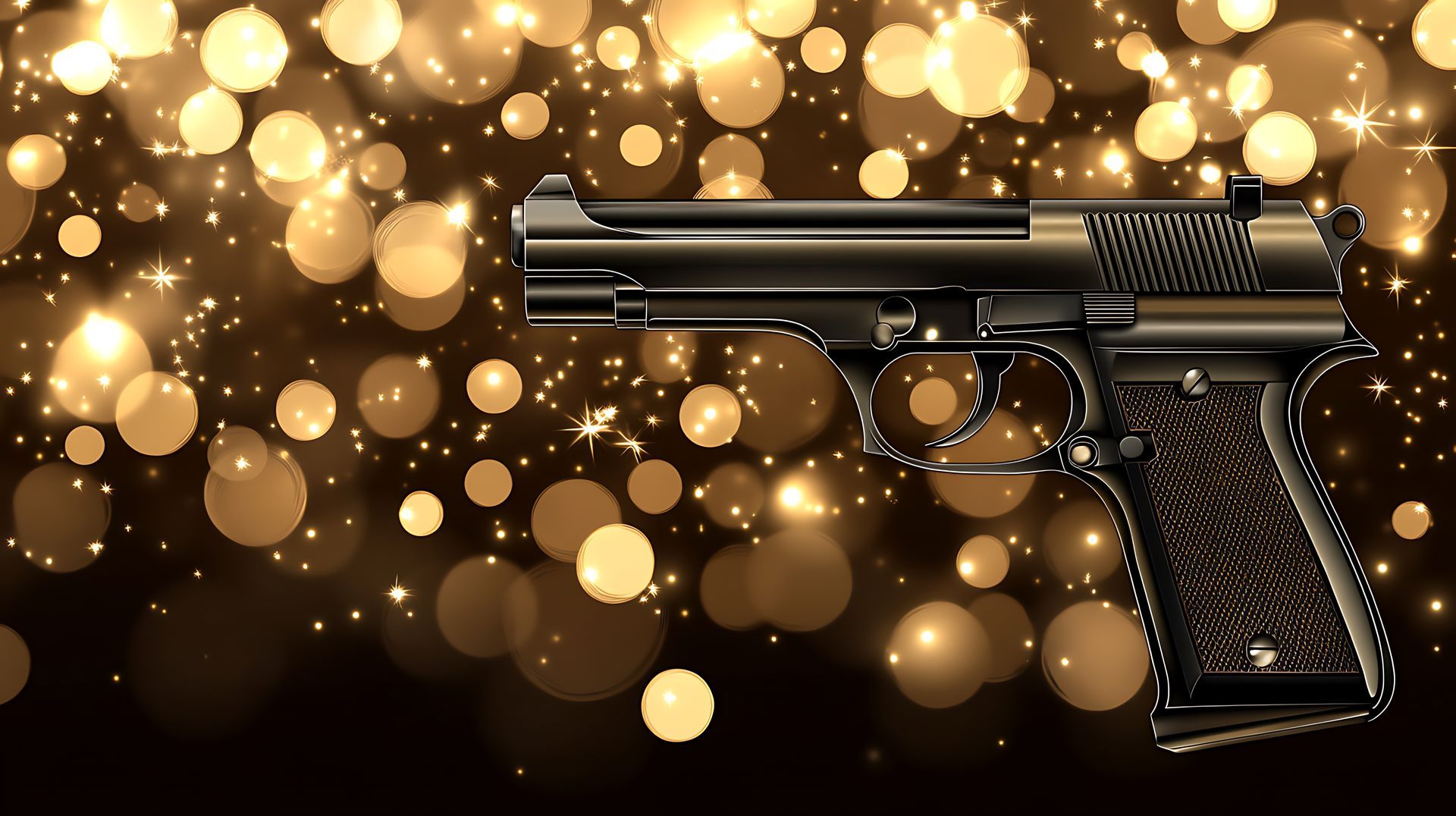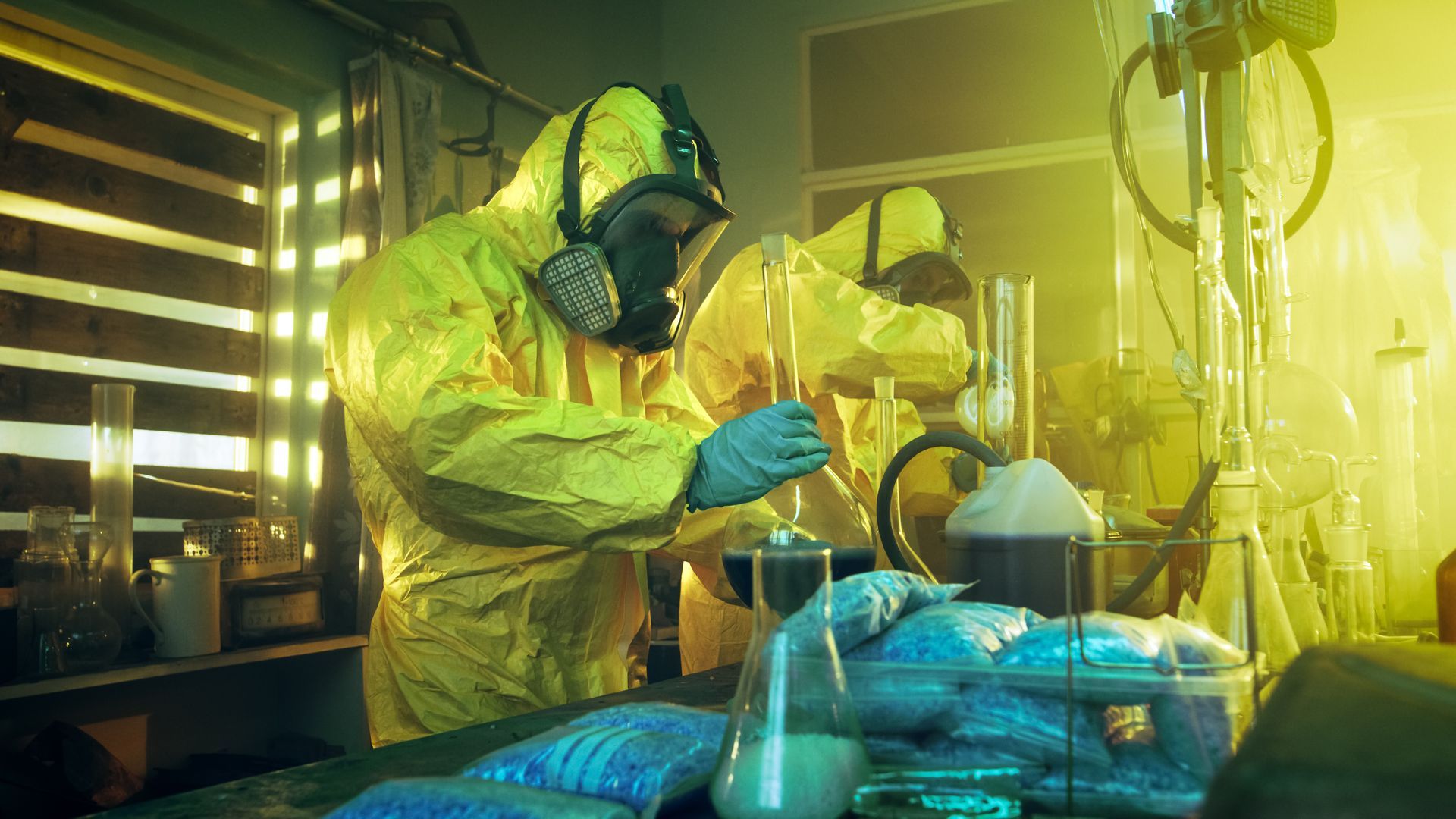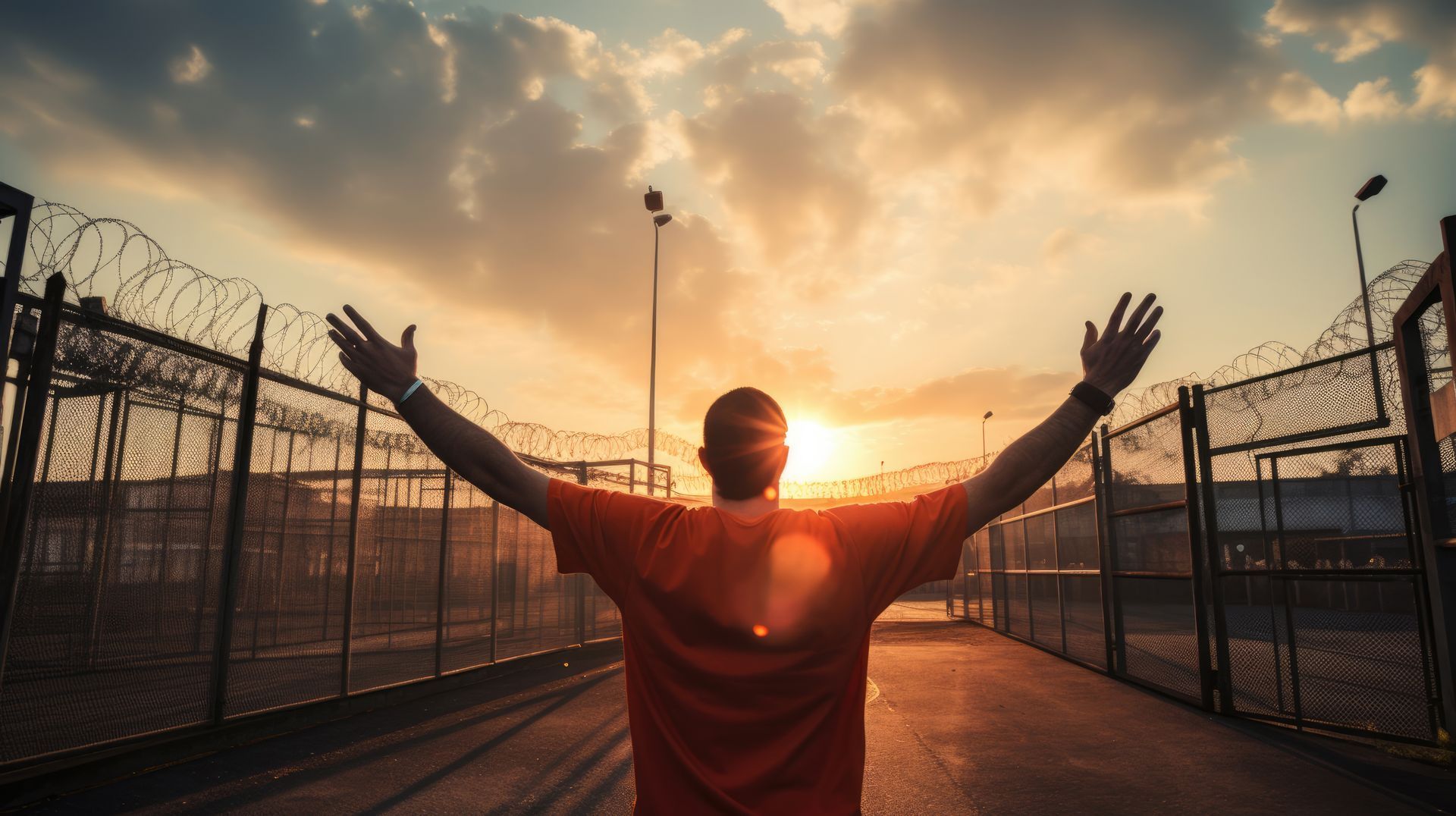Understanding the Dangers and Legal Consequences of Celebratory Gunfire

Celebratory gunfire, the act of discharging firearms into the air during celebrations, is a practice rooted in tradition for some, but it is both illegal and dangerous. Bullets that are shot into the air do eventually come down.
Celebratory gunfire in Arizona, where gun ownership is prevalent, can have devastating consequences for public safety and severe legal repercussions for those involved. People who participate may face felony charges and even prison time.
The Dangers of Celebratory Gunfire
Many people who participate in celebratory gunfire mistakenly believe that it is harmless. They often assume it is extremely unlikely or even impossible for someone to be injured by their behavior.
Bullets fired into the air do not simply disappear. What goes up must come down, at high speeds, creating significant risks for anyone in the area. Arizona’s Shannon’s Law was named for a 14-year-old, Shannon Smith, who died in 1999 after a bullet that was fired randomly in the air struck her in the head. Investigators estimated the celebratory gunfire came from up to a mile away.
Celebratory Gunfire Can Have Consequences
- Injury or Death: Falling bullets can cause severe injury or even death.
- Property Damage: Bullets that fall on homes, vehicles or other property can cause serious damage and result in costly repairs.
- Public Panic: The sound of gunfire can lead to panic, mistaken reports of active shooters or unnecessary police responses, creating chaos and diverting limited law enforcement resources.
The Physics of Celebratory Gunfire: Why Every Bullet Is a Potential Threat
Many people who engage in celebratory gunfire fail to consider one critical fact: what goes up must come down. When a bullet is fired into the air, it doesn’t vanish—it follows a trajectory that brings it back to the ground with dangerous speed.
How Falling Bullets Cause Harm
- Terminal Velocity: Bullets fired straight up lose momentum as they rise, then fall back to earth under the force of gravity. They can reach speeds of 150 to 200 miles per hour on descent—more than enough to penetrate skin, damage internal organs and cause fatal injuries, particularly if they strike someone’s head, neck or spine.
- Lateral Trajectories: Bullets fired at an angle maintain more velocity, traveling farther and hitting harder, increasing the chance of causing significant harm or property damage.
How Law Enforcement Tracks Celebratory Gunfire
Some individuals believe that they’re unlikely to be caught firing a gun during celebrations, especially alongside fireworks. This is not the case. Law enforcement uses sophisticated tools and techniques to identify and apprehend people responsible for celebratory gunfire.
Methods Used to Catch Perpetrators
ShotSpotter Technology
Many cities in the Valley use gunfire detection systems that can pinpoint the location of a discharged firearm with impressive accuracy. These systems utilize acoustic sensors distributed throughout an area to track and differentiate between fireworks and gunshots based on the unique acoustic signatures of each sound. These sensors can triangulate the location and alert police dispatchers within minutes.
These systems provide astonishingly precise locations, making it far less likely for people to avoid accountability for celebratory gunfire.
Eyewitness Reports
Don’t expect your neighbors to cover for you. Most people don’t like gunfire in their communities, even if it is only celebratory gunfire. Neighbors often report gunfire incidents and provide descriptions of locations, individuals or vehicles involved.
Social Media Evidence and Posts
It’s not uncommon for people to take pictures of videos of celebratory gunfire and share it on social media. This inadvertently provides law enforcement and prosecutors with evidence they can use to pursue charges.
Forensic Evidence
Spent shell casings or bullets recovered from a crime scene can be matched to firearms through ballistic analysis, tying a weapon to the incident.
Defending Against Celebratory Gunfire Charges
You can face multiple charges if you’re arrested for celebratory gunfire, even if no one is injured. These may include charges under ARS 13-3107, unlawful discharge of firearms, and ARS 13-1201 for reckless endangerment. If someone is struck by your celebratory gunfire, you may face assault charges, or manslaughter or second-degree murder charges if someone is killed.
If there were no injuries or property damage, prosecutors may be willing to offer a plea deal, although it’s highly dependent on the scenario. If you participated in celebratory gunfire in a high-risk area, prosecutors may be more inclined to pursue full charges. If someone is injured or killed, they will likely pursue maximum penalties.
Learn About Your Options if You’re Facing Firearm Charges in the Phoenix Area
Arizona board-certified criminal defense attorney Michael Alarid III has extensive experience defending people in all types of cases, including those related to celebratory gunfire. You can schedule a free case evaluation by calling (602) 818-3110.



